Keratin Granulations: Causes, Treatment, and Prevention
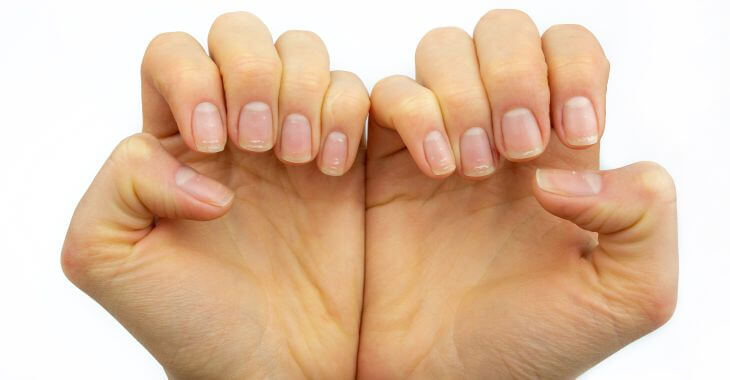
Have you noticed white spots on your finger or toenails? Keratin granulations can appear as white, chalky patches on nails, but they are treatable and preventable with proper care. Learn more about the causes and treatment of keratin granulations and how to prevent them.
What Are Keratin Granulations?
Keratin granulations are superficial white patches or rough spots that develop on the surface of the nails. They occur when the outer layers of the nail become damaged, usually due to exposure to harsh chemicals, such as acetone or nail polish. While these spots can be unsightly, they are not dangerous.
These granulations can form on both fingernails and toenails, with keratin granulations on toenails being particularly common after wearing dark polish for an extended period. Knowing how to identify, treat, and prevent them is essential for maintaining healthy, smooth nails.
What Causes Keratin Granulations?
Keratin granulations occur when the outer keratin layer of the nail becomes damaged or dehydrated. This often happens due to overuse of nail polish. Acetone-based polish removers can strip moisture from nails, leaving them vulnerable.
Wearing polish for long periods can also trap moisture, weakening the keratin structure. Other causes include:
- Frequent exposure to water: Constant wetting and drying weaken nails, increasing the risk of granulations.
- Aggressive buffing or filing: Over-buffing can erode the protective keratin layer.
- Nail polish removers with acetone: These removers dehydrate nails and contribute to granulation formation.
Keratin Granulations Treatment Options
If you’ve noticed white spots or patches on your nails, don’t worry—keratin granulations are reversible. With the right care, you can restore your nails to their smooth, healthy state. Here are some effective keratin granulations treatment options:
- Moisturize Regularly: Use nail oils or creams containing vitamin E to hydrate and strengthen your nails.
- Buff Gently: Lightly buff the surface of the nail to smooth out the rough texture, but avoid over-buffing to prevent further damage.
- Avoid Nail Polish for a While: Give your nails a break from polish for a few weeks to allow them to recover.
- Use Acetone-Free Removers: Switch to gentler nail polish removers that don’t strip your nails of moisture.
- Wear Protective Gloves: If you frequently work with water or cleaning agents, wear gloves to minimize exposure and prevent damage.
- Apply Strengthening Treatments: Use strengthening nail products specifically formulated to restore damaged keratin layers.
Managing Keratin Granulations on Toenails
Keratin granulations on toenails are often more challenging to manage, as toenails take longer to grow and are often exposed to moisture in shoes. However, with consistent care, you can heal granulations and prevent them from recurring.
- Remove Polish Properly: Avoid peeling off polish, as this damages the nail. Use non-acetone removers for gentler removal.
- Let Your Nails Breathe: Give your toenails a break between polishes to promote healthy growth.
- Keep Feet Dry: Moisture trapped in shoes can worsen granulations. Wear breathable shoes and socks, and dry your feet thoroughly after bathing.
How to Prevent Keratin Granulations
Prevention is key to keeping your nails healthy and free from granulations. Here are a few habits to incorporate into your nail care routine to reduce the risk of keratin granulations:
- Limit Nail Polish Use: Use polish sparingly to allow your nails time to recover between applications.
- Switch to Acetone-Free Removers: Acetone-free products are less harsh and help retain moisture in your nails.
- Hydrate Nails Regularly: Apply nail oil or moisturizer daily to keep nails strong and flexible.
- Avoid Over-Buffing: Gentle buffing is fine, but excessive filing can thin out the nail plate, increasing vulnerability to granulations.
- Use Strengthening Products: Apply nail hardeners or treatments that promote healthy keratin development.
While keratin granulations may look concerning, they are not harmful. They are purely cosmetic and do not indicate any underlying health issues. With proper keratin granulations treatment, your nails will gradually regain their smooth texture and natural appearance. However, neglecting care can lead to deeper damage or brittleness over time.
When to See a Specialist
If the white patches persist despite your efforts or your nails become brittle and peel excessively, it might be time to consult a dermatologist. In rare cases, what appears to be keratin granulations could be a sign of a fungal infection or other nail condition requiring professional treatment.
Keratin granulations are common and manageable with proper care. Whether they develop on your fingernails or you experience keratin granulations on toenails, the key to recovery is caring for your nail health.
Combining moisturizing, gentler nail care practices, and limiting harsh products are all keys to recovery from keratin granulations. Avoiding acetone-based removers and giving your nails regular breaks from polish will help prevent granulations from reappearing.
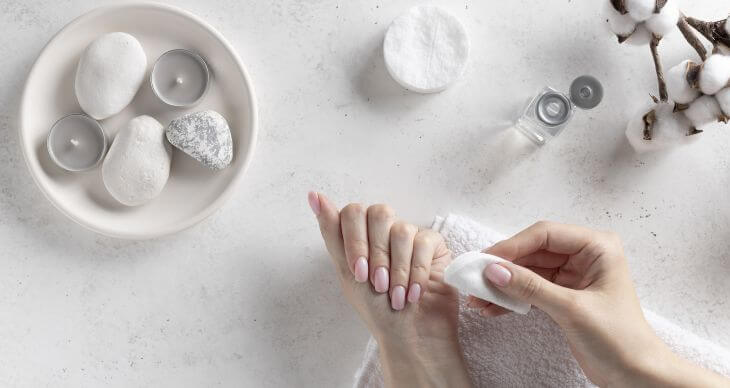
By following the recommended keratin granulations treatment options, you can restore your nails’ texture and natural beauty. Prioritize nail health by moisturizing regularly and avoiding aggressive buffing or long-term polish wear. With patience and care, your nails will recover in no time.
The information provided on this website, including text, graphics, images, and other materials, is intended solely for informational purposes and should not be used as a substitute for professional medical advice, diagnosis, or treatment.
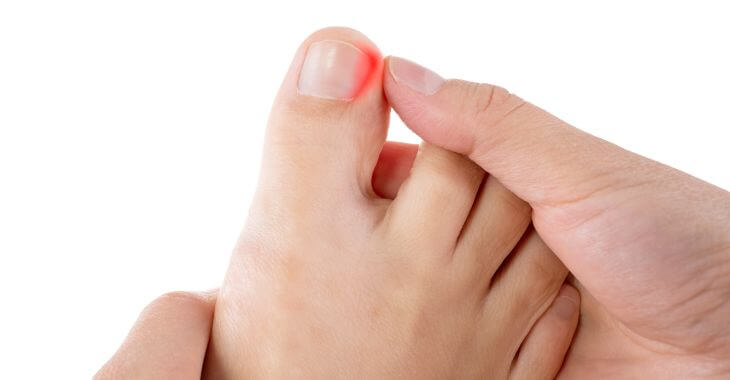
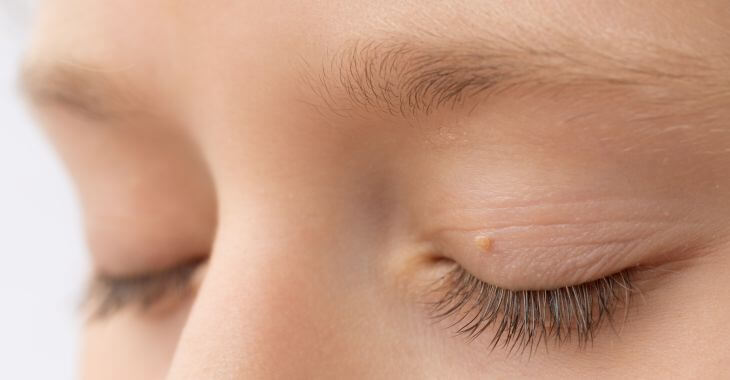
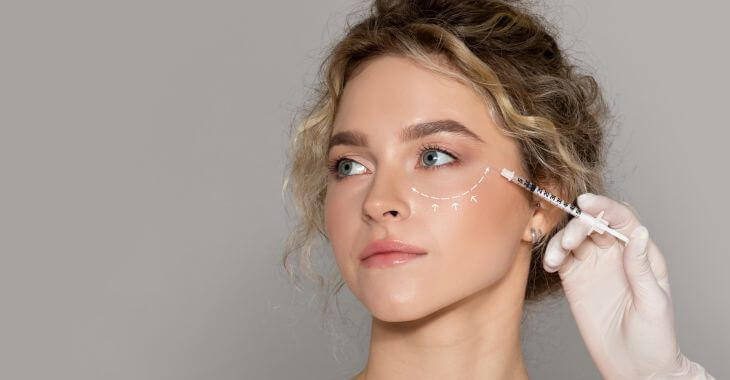

)